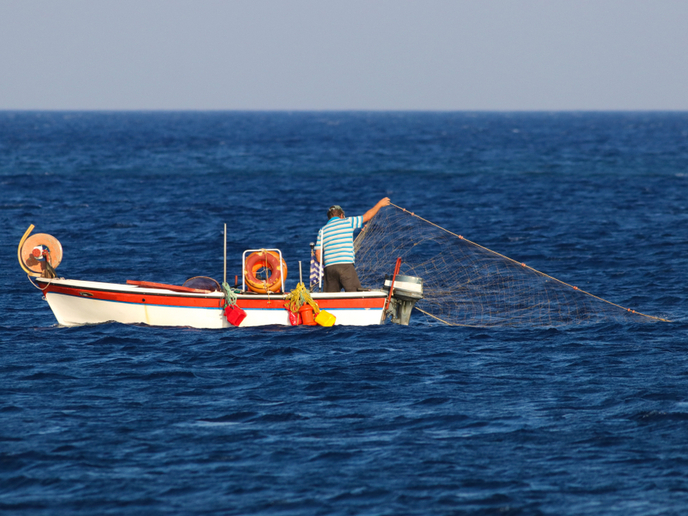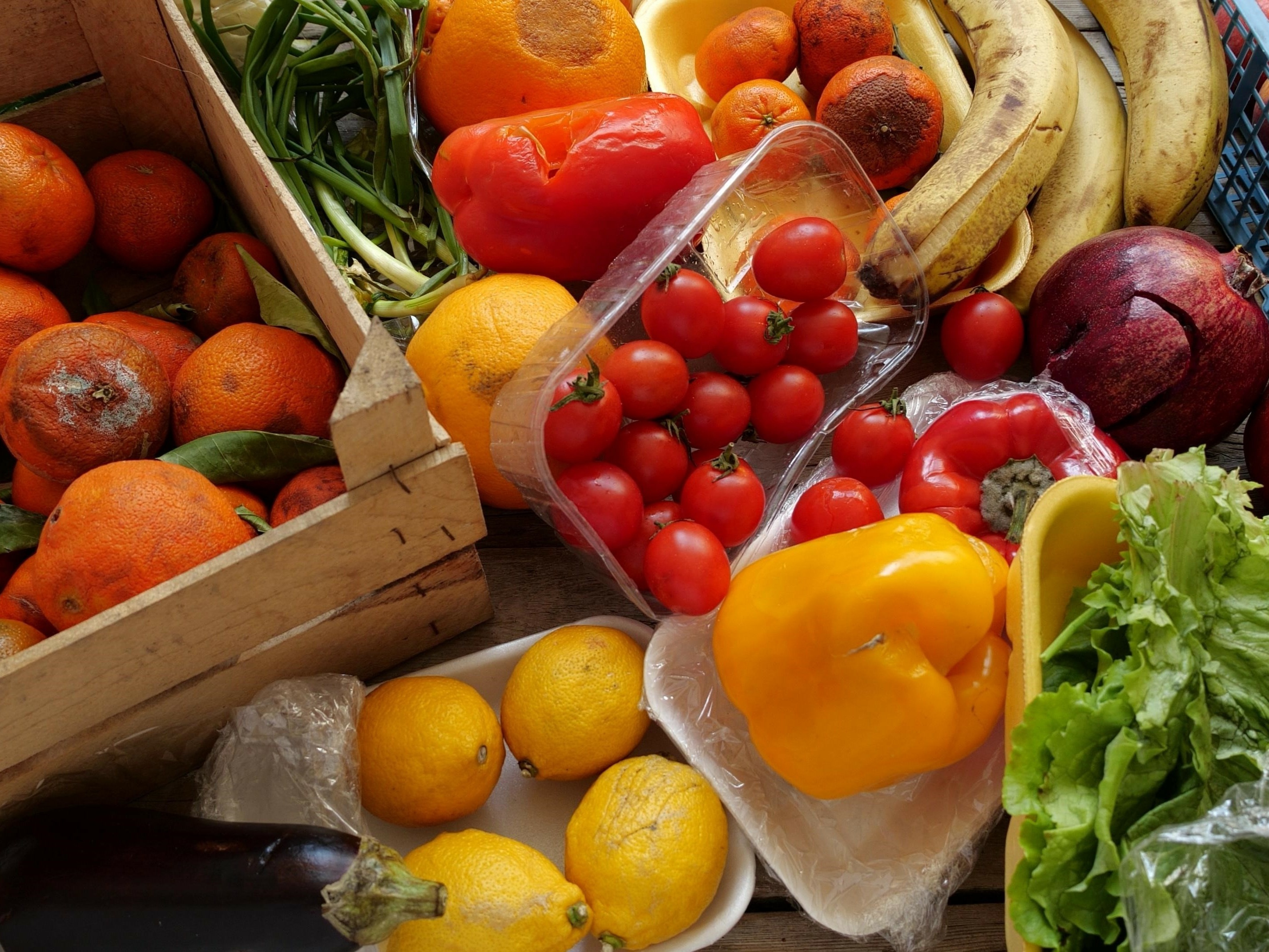Knowledge, tools and methods to reduce discarding in European fisheries
The 2013 reform of the EU's Common Fisheries Policy (CFP) aims to gradually eliminate the wasteful practice of throwing away caught fish that are unwanted, by introducing the so-called landing obligation (LO), a ban on discarding. However, implementation of the regulation is challenging, and its feasibility, legitimacy and controllability is disputed. Getting European fisheries to operate without discards The Horizon 2020 DiscardLess (Strategies for the gradual elimination of discards in European fisheries) project addresses the short-term challenges and potential benefits, to support successful LO implementation. "Our focus is on preventing the unwanted catches from ever being caught, making best use of the unavoidable unwanted catch, and lastly on evaluating impacts of discarding on the marine environment, economy and society as a whole," says project coordinator Prof. Clara Ulrich. From an ecological perspective, the food-web effects of the LO — where dead fish are landed rather than thrown back to the sea — are likely limited beyond seabirds and benthic scavengers. Banning discards implies landing and recording all catches, not just the commercial part of the catch. The intended ecological benefits of this include limiting the total mortality to the advised sustainable level and rebuilding stocks. In the short term, the LO will have substantial costs for fisheries. This is because there are no simple ways for fishers to fully select what's to be caught and what's to be avoided before the fishing gear is hauled on board. Discarding makes fisheries more cost-efficient. Over the longer term, however, reducing discards has the potential to increase profitability by promoting more sustainable fisheries. Discard mitigation strategies toolbox Project partners also developed a series of tools, freely accessible online via a single repository that gathers, synthesises and disseminates the knowledge produced by DiscardLess. So far, tools include a manual of existing selective gear devices and their effectiveness, proposed solutions based on interviews featuring fishers' responses to LO regulations, and a catalogue containing over 30 valorisation products and a methodology for selecting the most promising ones in each case study. Also included is a report on possible on-board handling of unwanted unavoidable catches for four different fleet segments in 3D, together with a simple cost-benefit tool to estimate the economic feasibility of investing in the solutions. According to Prof. Ulrich, the most significant output to date is "mobilising and expanding the vast multidisciplinary knowledge on all biological, technological, economic, political and institutional aspects linked to discarding" and "sharing it with all key fishery stakeholders during the LO legal implementation period from 2015 to 2018". All the main findings and outcomes are being collected in an open-access book that will be published in early 2019 when the project ends. "We want to ensure that the DiscardLess tools, information and strategies provide relevant, acceptable and cost-effective means with a wide uptake in society that will contribute to meeting the LO goals," concludes Prof. Ulrich. "Ultimately, the goal of DiscardLess is to support the implementation of the EU CFP towards sustainable fishing practices."
Keywords
DiscardLess, fish, landing obligation (LO), discarding, common fisheries policy (CFP)







